Xerox Phaser 3435 Mono Laser Review
Xerox Phaser 3435 Mono Laser
When you're looking at a high-volume, high-speed laser printer, you need to consider more than just the list price.
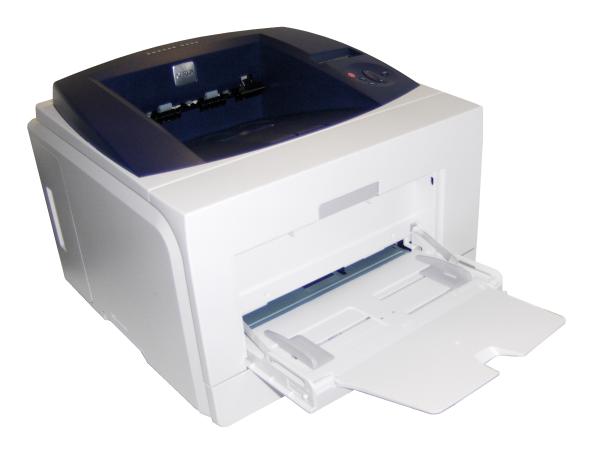
Verdict
Key Specifications
- Review Price: £314.24
The price of a mono laser printer is linked to one thing above all others: speed. As the speed increases, the price rises steeply, so if you need 30ppm or above, you’re likely to have to pay £200 or so. Xerox’s 33ppm Phaser 3435 is over £100 more than that, though, so what does the extra buy?
Decked out in midnight blue and cream, the printer has conventional, if slightly sharper, lines than most of its competitors. A raised, blue collar around its top holds a simple control panel with a backlit, 2-line by 16-character LCD display and a circular pad of six buttons, for job control and menu navigation.
Set into the front panel is a multipurpose feed that can take up to 50 sheets of paper at up to 163gsm, or envelopes. Below this is a 250-sheet, A4 paper tray, which seems a rather low capacity for a machine designed to print fast and with a duty cycle of 80,000 pages. A second paper tray is available as an option, but this also has a capacity of 250 sheets, so the printer can take a maximum of just 600 sheets.
At the back are three data sockets, for USB, 10/100 Ethernet and legacy parallel connections.
As standard, the Phaser 3435 comes with both PCL 6 and Postscript Level 3 page description languages, making it suitable for a wide variety of applications, but it also supports a good range of operating systems. In addition to Windows and OS X, Xerox can provide drivers for Linux, in Fedora Core 1-4, Mandrake 9.2-10.1, Red Hat 8-9 and SUSE 8.2-9.2 varieties.
Unusually the Xerox installer asks that you connect the machine before running the software. Installation goes smoothly though and the printer was running within a few minutes of connection.
So, do we get any closer to the 33ppm top speed figure with the Phaser 3435 than with other mono lasers in the same bracket? The last to come through our labs was Lexmark’s E260dn and that had a measured top speed of 20ppm on our 20-page, single-sided document. The same document completed in 49 seconds on this machine, giving it a speed of 24.5ppm, nearly 25 percent faster.
Both our 5-page documents, straight text and text with graphics, completed in 22 seconds, or a speed of 13.6ppm. The Lexmark was faster on these, over 15ppm, and there’s one simple reason. The Xerox takes an average of 11 seconds before it starts printing, longer than the Lexmark, so shorter runs show up the difference more acutely.
The printer includes duplex as standard, feeding each sheet out to the top tray before rolling it back, in the usual way, for the second side. A 20-side document took 1:19, or 15.2ppm and a 15 x 10cm photo print took 11 seconds, which is impressive. Overall, if you’re printing long text documents or single pages, the Xerox is noticeably quicker than the Lexmark, but for 5 to 10 page jobs, which may well be the majority, it’s likely to be slower.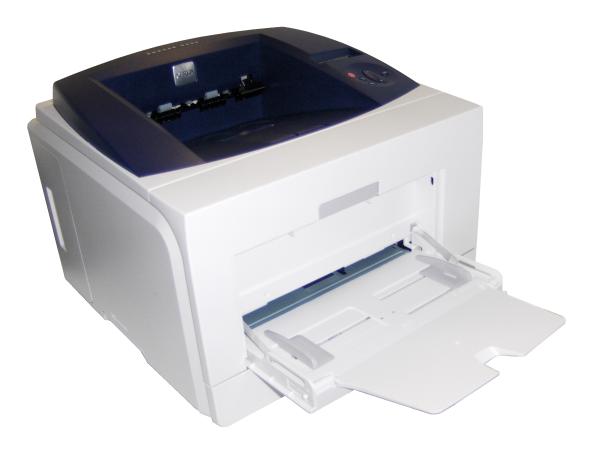
The quality of prints obtained from the Phaser 3435 is very good. Black text is precise and very well formed at the printer’s default resolution of 600dpi and greyscale graphics come through reasonably clean and smooth, though there is some visible micro banding in darker shades.
This banding is also visible when printing our test photo, something which is always challenging for a mono laser. Here, using the software-enhanced 1,200dpi print mode, detail is good and there’s some attempt to show shadow detail, but the sky is striated with these micro-bands, which rather spoils the overall effect.
The combined drum and toner cartridge, which is a very easy installation through the front of the machine, is available in two capacities: 4,000 and 10,000 pages. Using the 10,000 page cartridge produces a cost per page of 1.77p, including 0.7p for paper. This is very low for this class of mono laser.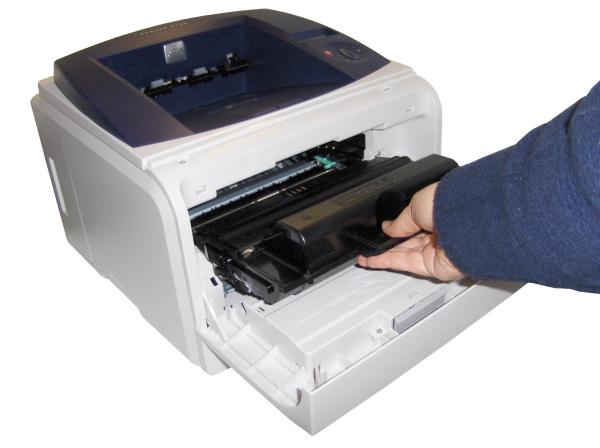
Taking the Lexmark E260dn as a direct rival to this printer, there’s not a lot to pick between them. Both offer the same connectivity, similar size and speed, with each being quicker on some aspect of a typical workload. Both have duplex print as standard and both offer PCL and Postscript.
There are two places, though, where the machines are easy to differentiate. The purchase price of the Lexmark is around £100 less than the Xerox, so you may think there’s no contest. However, when you look at the cost per page, the Lexmark comes in at 3.4p, while the Xerox costs just 1.8p.
That’s a difference of 1.6p per page, so by the time you’ve printed 6,250 pages, the total cost of ownership swings in the Phaser 3435’s favour. That page count is likely to be substantially exceeded by most customers during the service life of this class of printer, so the TCO of the Xerox should be considerably lower than the Lexmark’s.
Verdict
Despite being considerably more expensive than similar laser printers, the Xerox Phaser 3435 makes up for this with very low total cost of ownership and over the life of the printer, this more than makes up for the higher initial outlay.
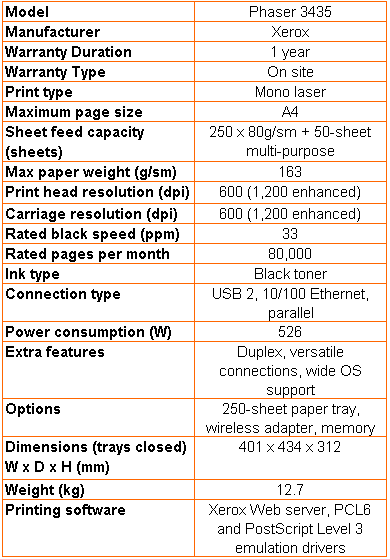
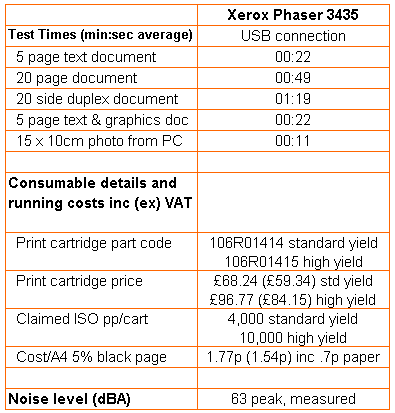
Trusted Score
Score in detail
-
Print Speed 8
-
Features 8
-
Value 6
-
Print Quality 8

